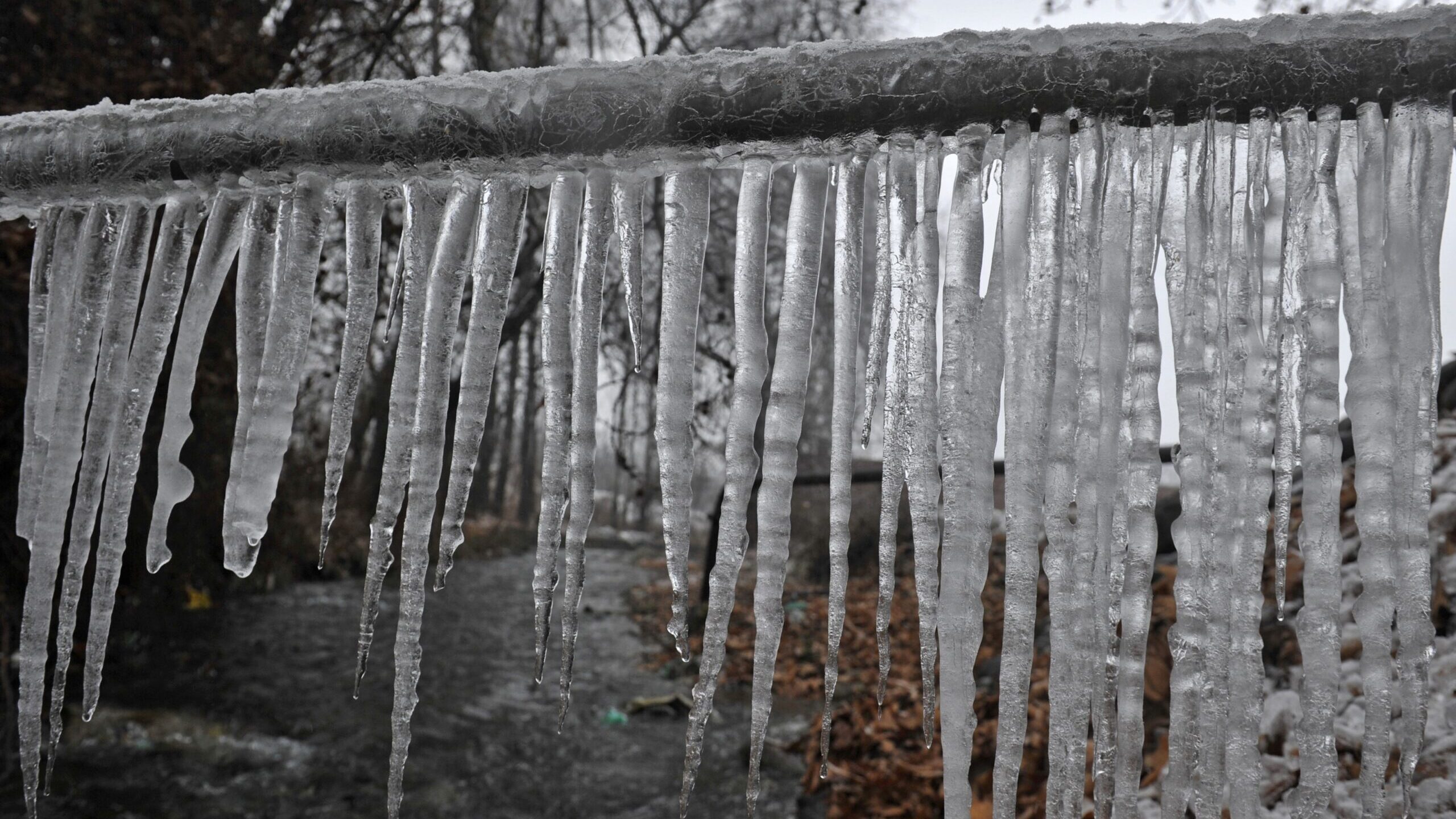Protecting Against Frozen Pipes in Winter: Key Strategies
Protecting Against Frozen Pipes in Winter: Key Strategies
Blog Article
They are making a number of good annotation regarding 6 Ways to Prevent Frozen Pipes as a whole in this post directly below.

Cold weather can damage your pipes, specifically by freezing pipes. Below's just how to stop it from taking place and what to do if it does.
Introduction
As temperatures drop, the risk of icy pipes rises, potentially leading to costly fixings and water damage. Comprehending just how to stop icy pipes is important for homeowners in cool environments.
Comprehending Frozen Pipes
What triggers pipelines to ice up?
Pipes ice up when revealed to temperatures listed below 32 ° F (0 ° C) for extended durations. As water inside the pipelines freezes, it broadens, taxing the pipe wall surfaces and potentially causing them to burst.
Risks and problems
Icy pipes can result in water supply disruptions, home damage, and expensive repair services. Ruptured pipelines can flood homes and trigger considerable architectural damage.
Indications of Frozen Pipes
Identifying frozen pipelines early can stop them from breaking.
How to determine icy pipes
Look for lowered water flow from faucets, unusual smells or noises from pipes, and visible frost on exposed pipelines.
Prevention Tips
Shielding prone pipes
Wrap pipelines in insulation sleeves or use warmth tape to shield them from freezing temperature levels. Focus on pipelines in unheated or exterior locations of the home.
Home heating methods
Keep indoor areas properly heated, specifically locations with plumbing. Open up cupboard doors to permit cozy air to circulate around pipelines under sinks.
Securing Outside Pipes
Garden pipes and outside faucets
Separate and drain pipes garden tubes prior to winter. Set up frost-proof spigots or cover outside faucets with protected caps.
What to Do If Your Pipes Freeze
Immediate actions to take
If you suspect icy pipelines, maintain taps open up to eliminate stress as the ice melts. Make use of a hairdryer or towels soaked in warm water to thaw pipes slowly.
Long-Term Solutions
Architectural modifications
Think about rerouting pipelines away from outside walls or unheated areas. Include additional insulation to attics, basements, and crawl spaces.
Upgrading insulation
Purchase premium insulation for pipes, attics, and wall surfaces. Appropriate insulation assists preserve consistent temperatures and lowers the risk of icy pipes.
Final thought
Stopping frozen pipelines calls for proactive procedures and fast reactions. By recognizing the causes, indications, and safety nets, property owners can shield their pipes throughout winter.
5 Ways to Prevent Frozen Pipes
Drain Outdoor Faucets and Disconnect Hoses
First, close the shut-off valve that controls the flow of water in the pipe to your outdoor faucet. Then, head outside to disconnect and drain your hose and open the outdoor faucet to allow the water to completely drain out of the line. Turn off the faucet when done. Finally, head back to the shut-off valve and drain the remaining water inside the pipe into a bucket or container. Additionally, if you have a home irrigation system, you should consider hiring an expert to clear the system of water each year.
Insulate Pipes
One of the best and most cost-effective methods for preventing frozen water pipes is to wrap your pipes with insulation. This is especially important for areas in your home that aren’t exposed to heat, such as an attic. We suggest using foam sleeves, which can typically be found at your local hardware store.
Keep Heat Running at 65
Your pipes are located inside your walls, and the temperature there is much colder than the rest of the house. To prevent your pipes from freezing, The Insurance Information Institute suggests that you keep your home heated to at least 65 degrees, even when traveling. You may want to invest in smart devices that can keep an eye on the temperature in your home while you’re away.
Leave Water Dripping
Moving water — even a small trickle — can prevent ice from forming inside your pipes. When freezing temps are imminent, start a drip of water from all faucets that serve exposed pipes. Leaving a few faucets running will also help relieve pressure inside the pipes and help prevent a rupture if the water inside freezes.
Open Cupboard Doors
Warm your kitchen and bathroom pipes by opening cupboards and vanities. You should also leave your interior doors ajar to help warm air circulate evenly throughout your home.

As a person who reads about Helpful Tips to Prevent Frozen Pipes this Winter, I was thinking sharing that piece of content was really useful. Remember to take a moment to promote this blog post if you enjoyed reading it. We cherish your readership.
Go Company Report this page